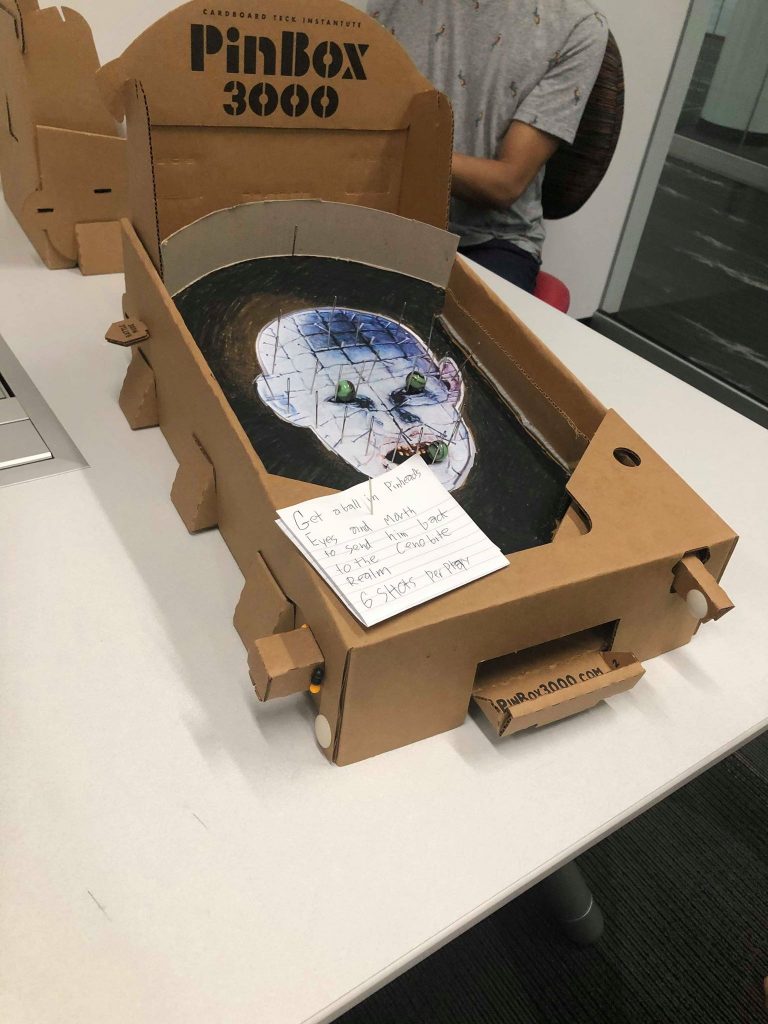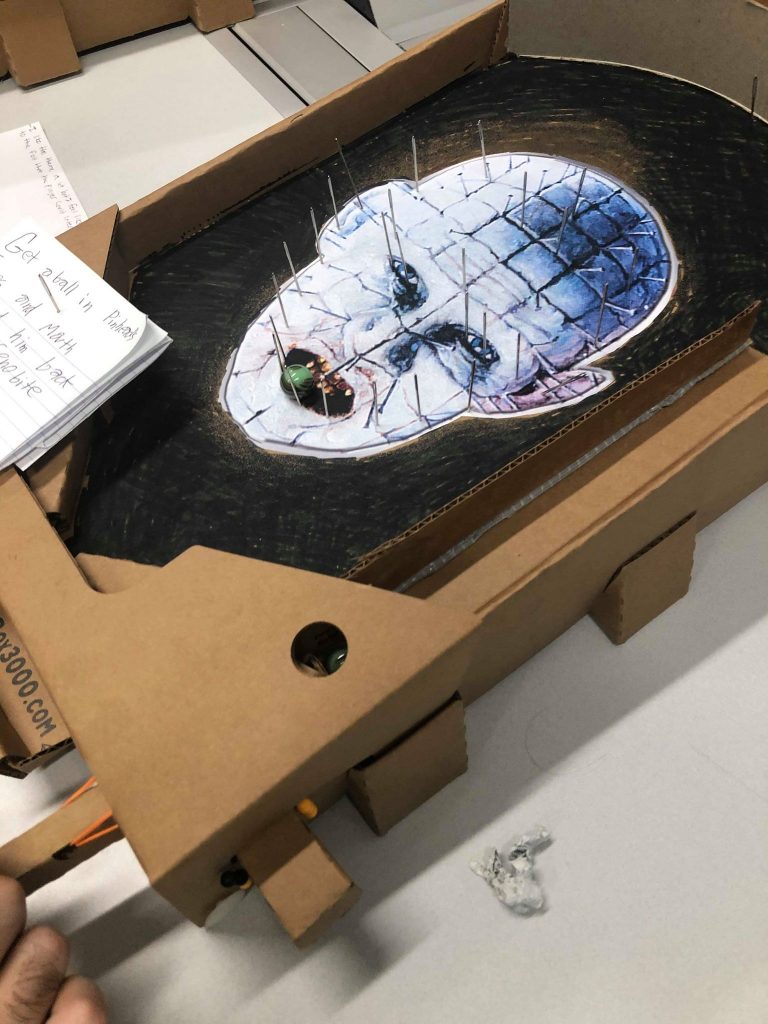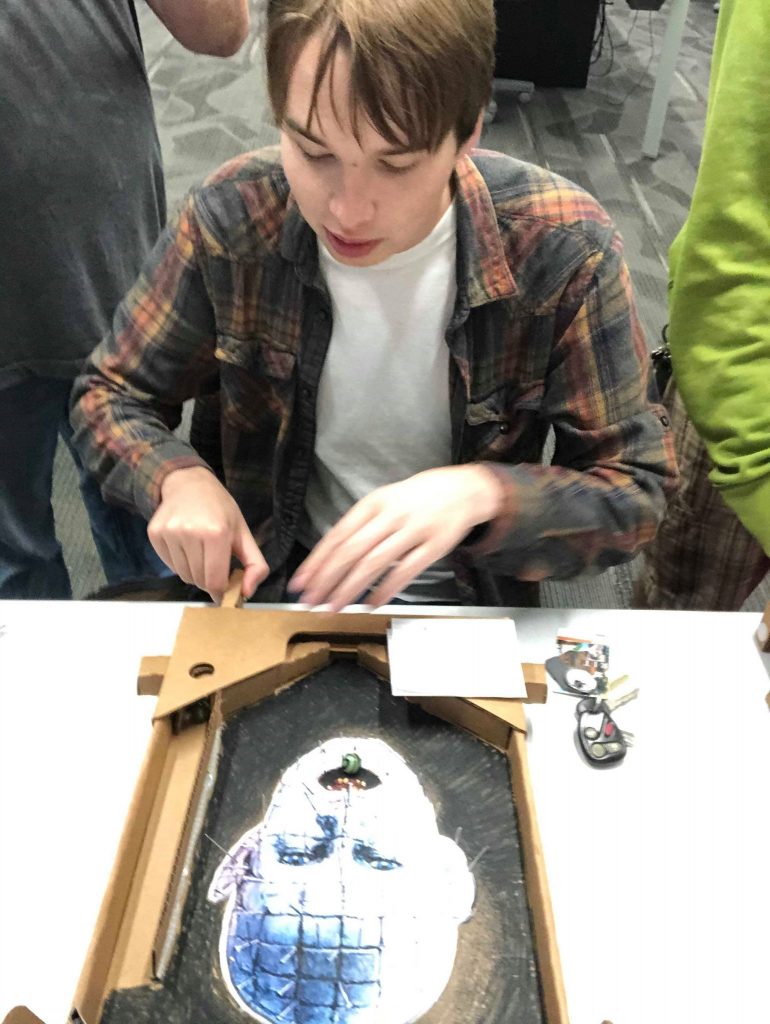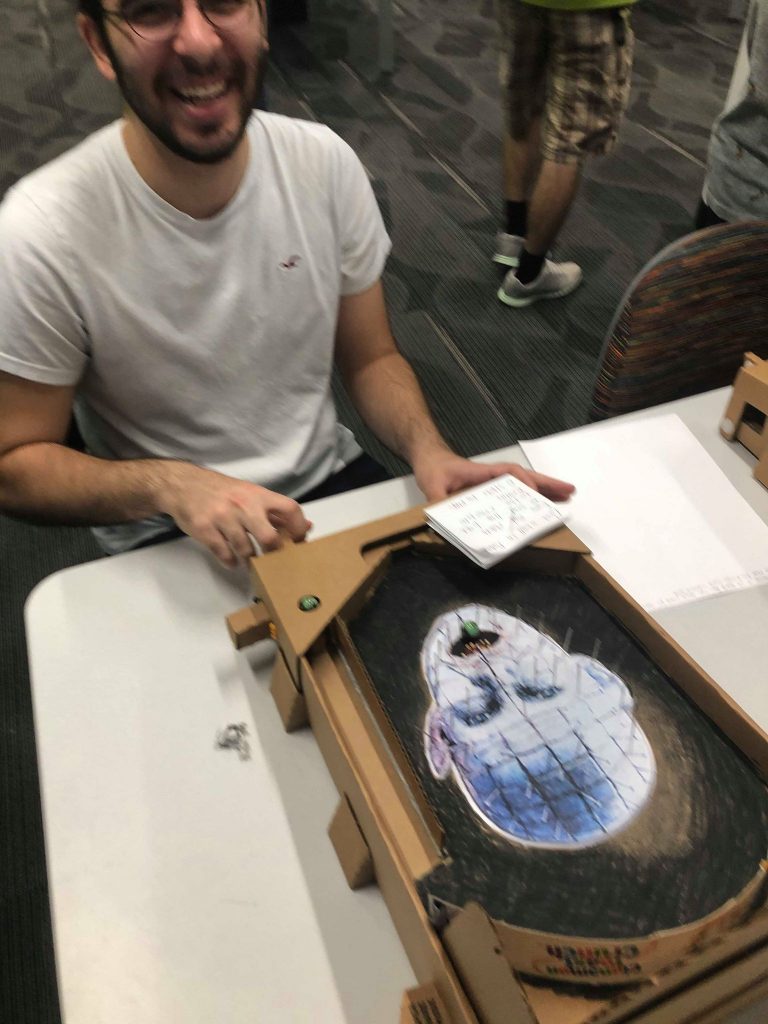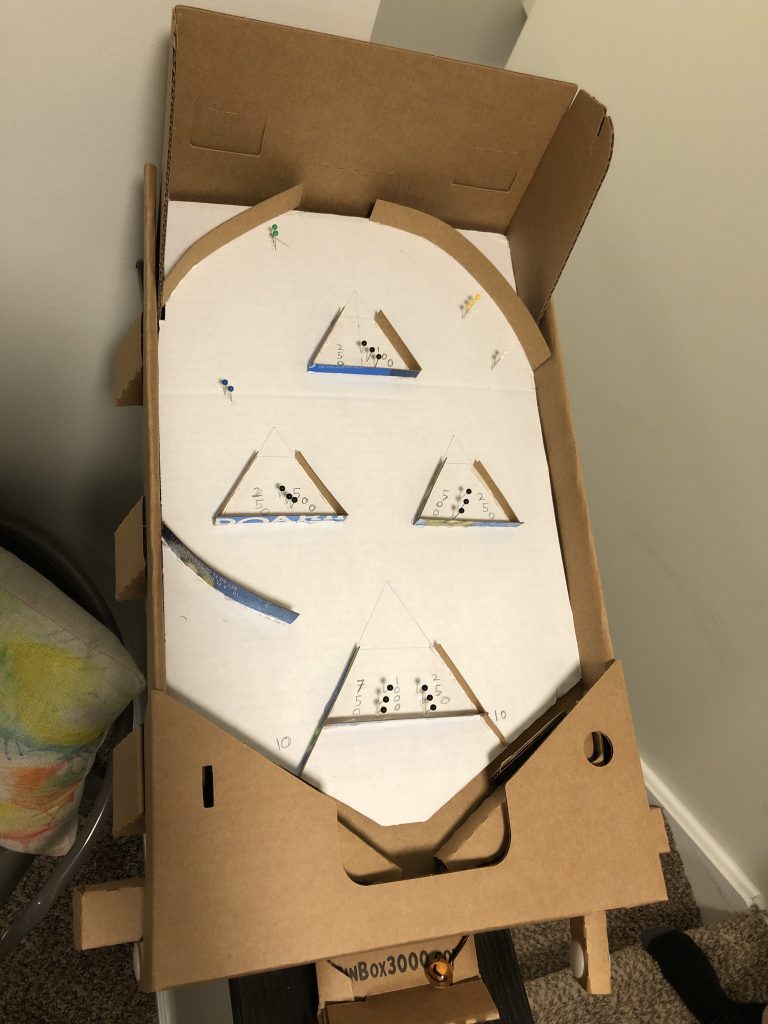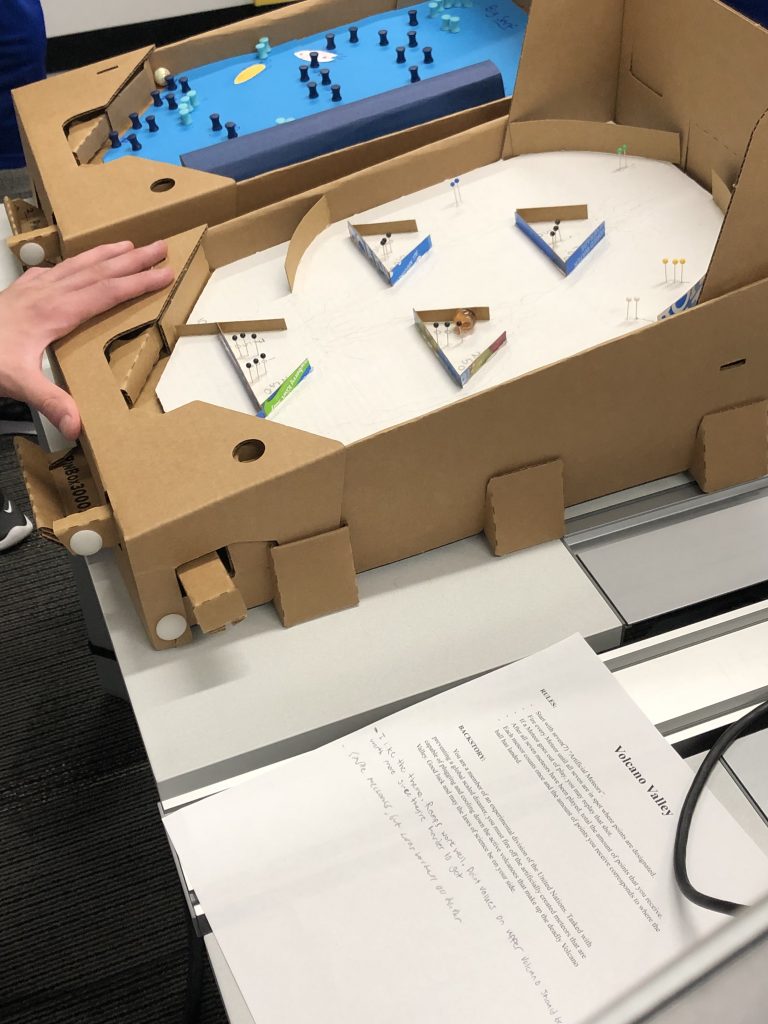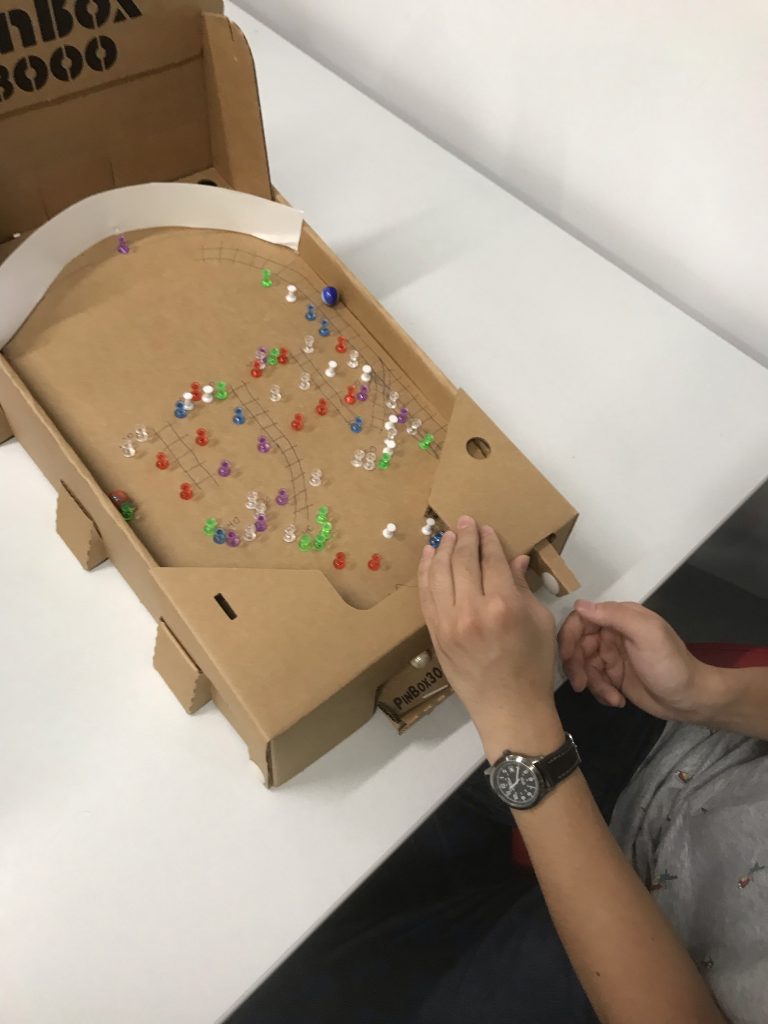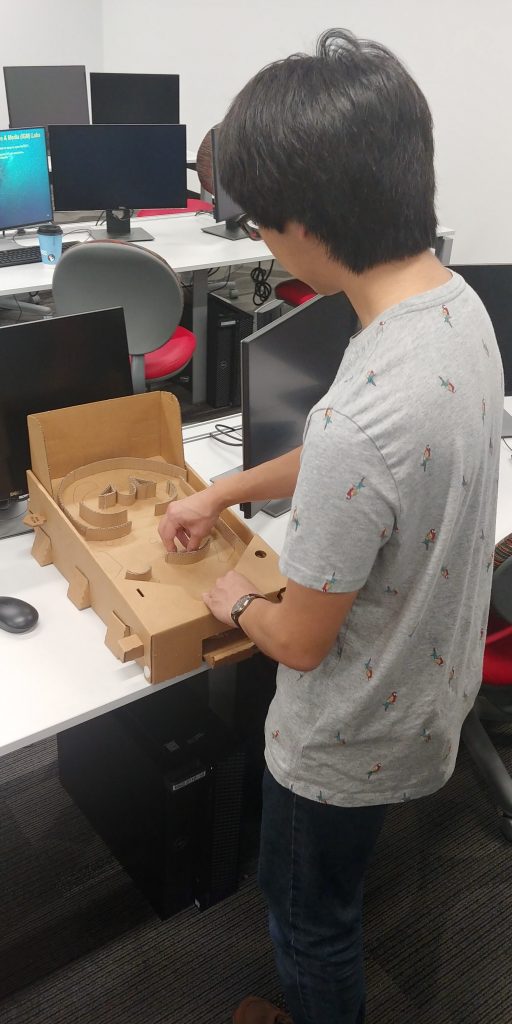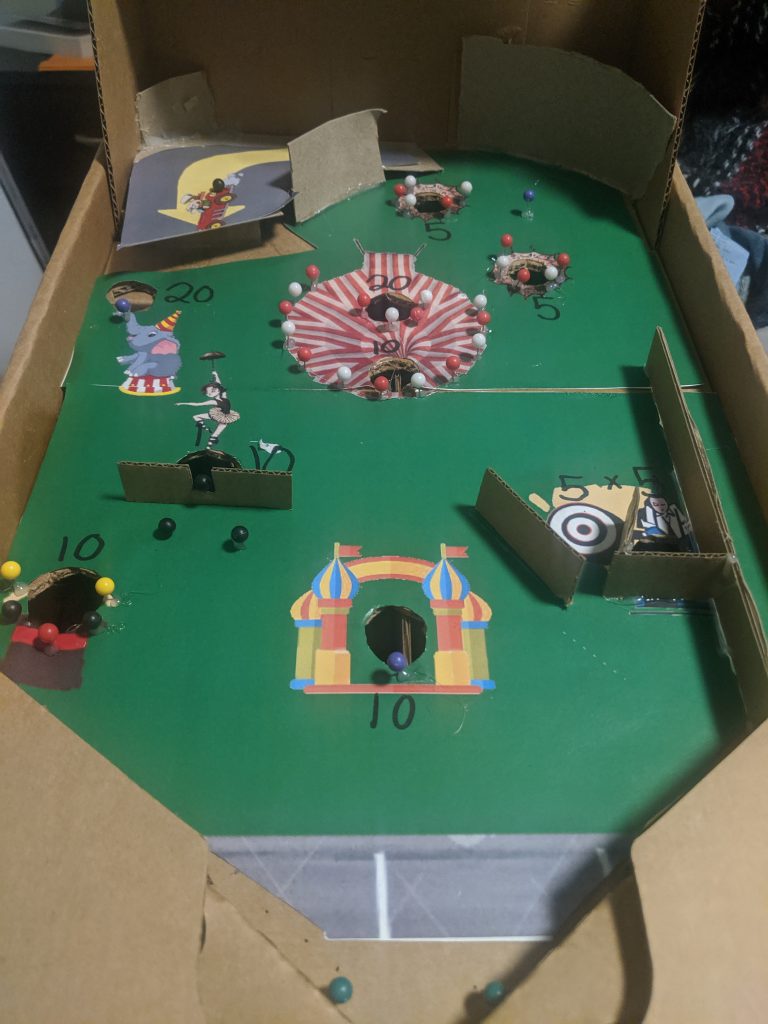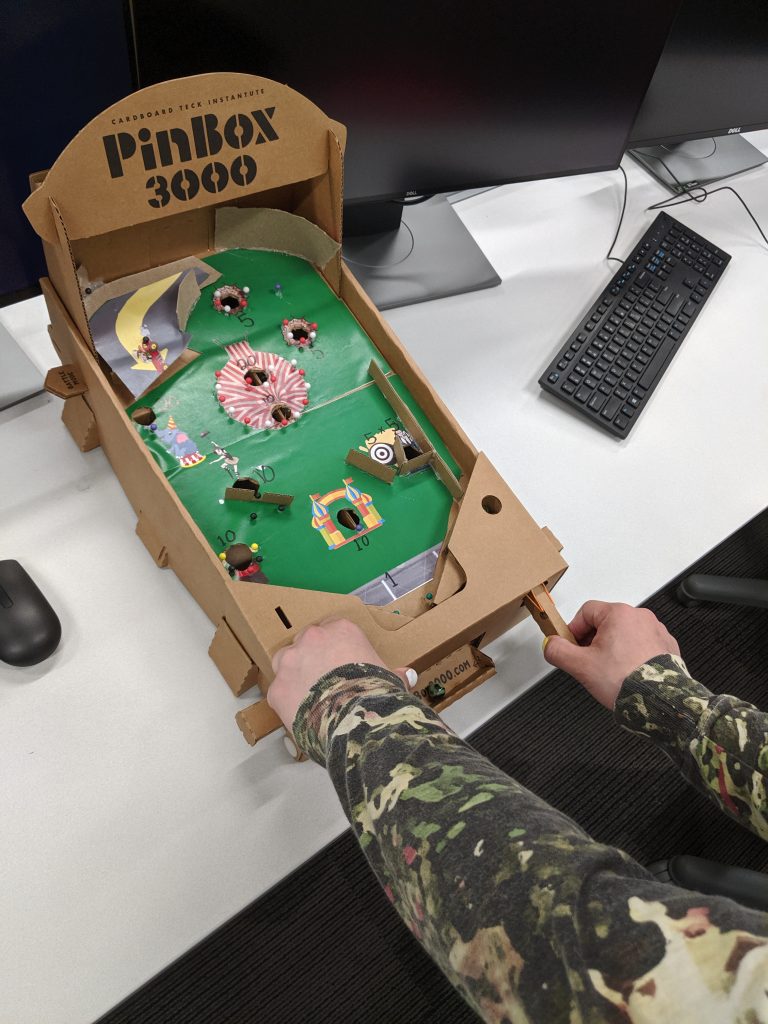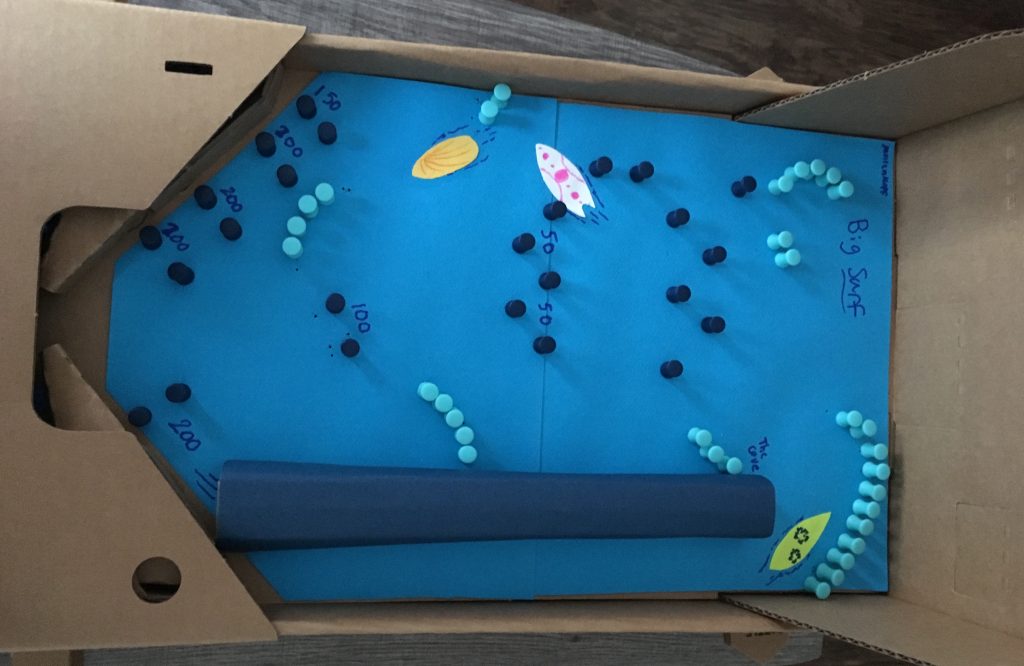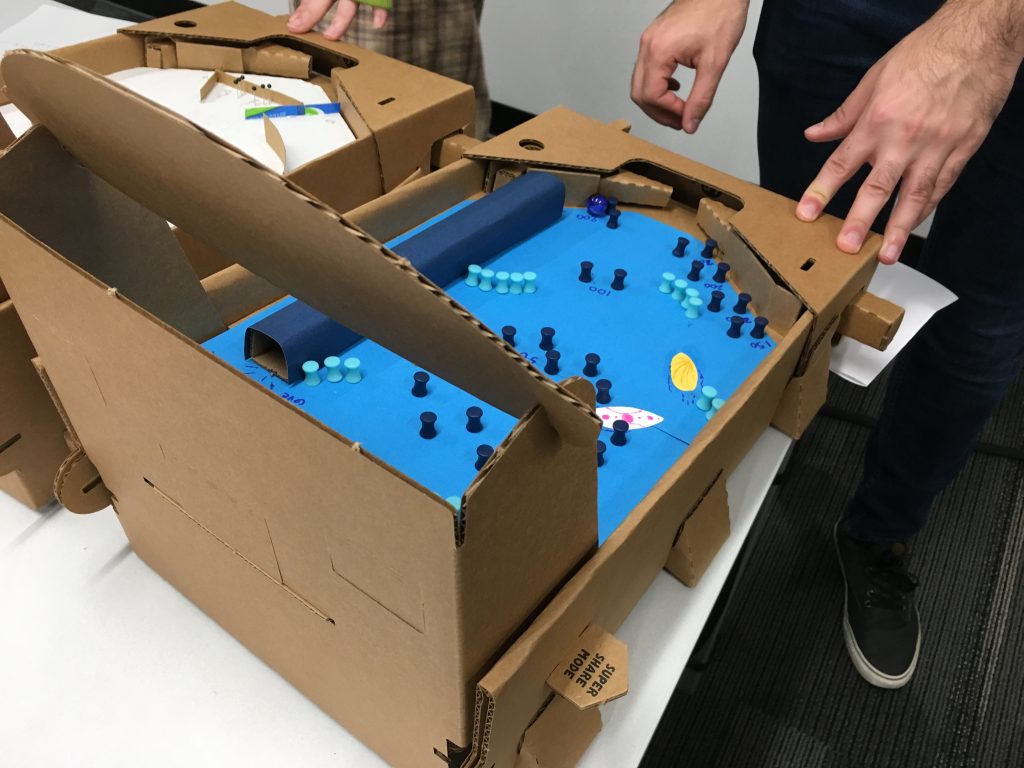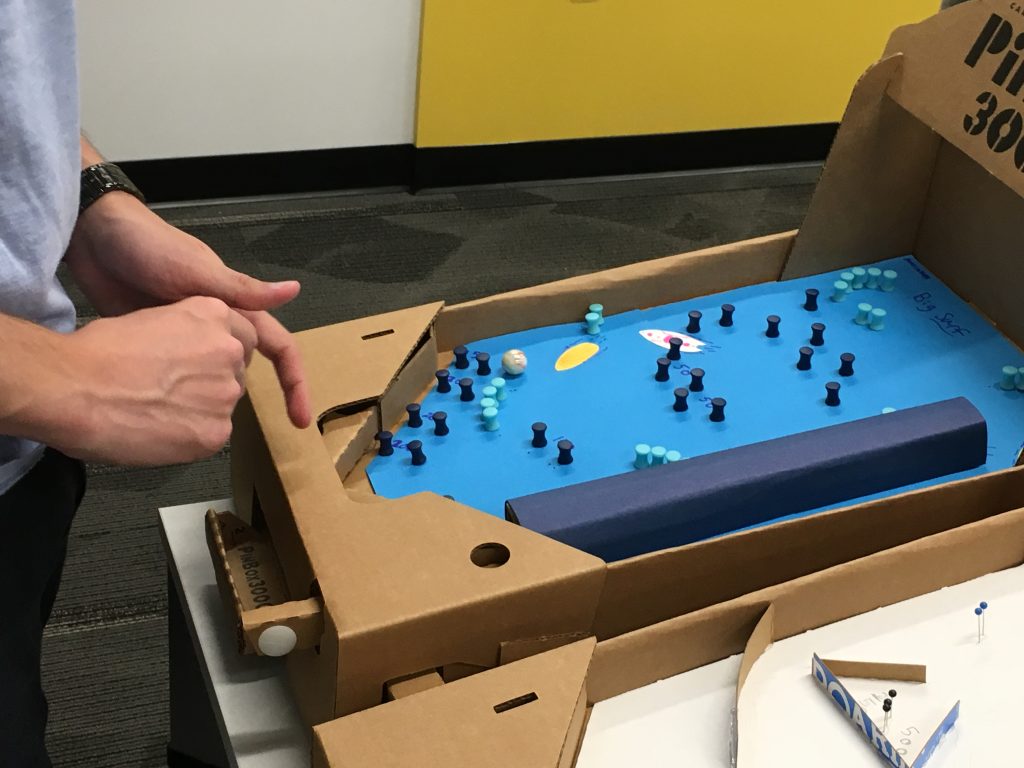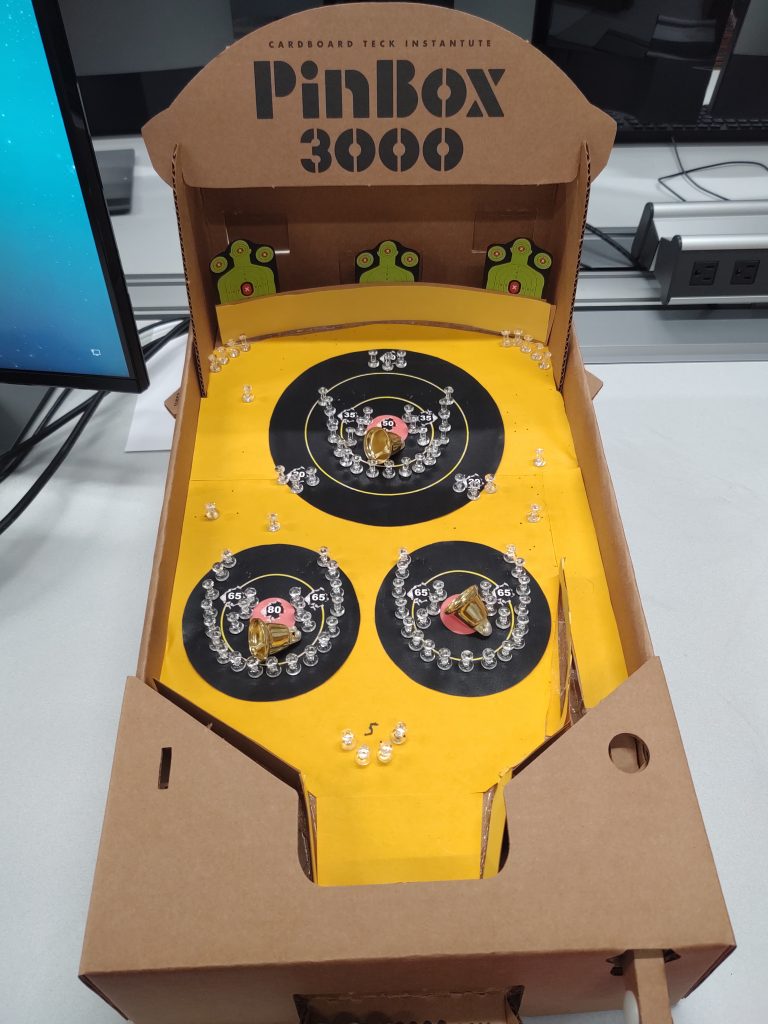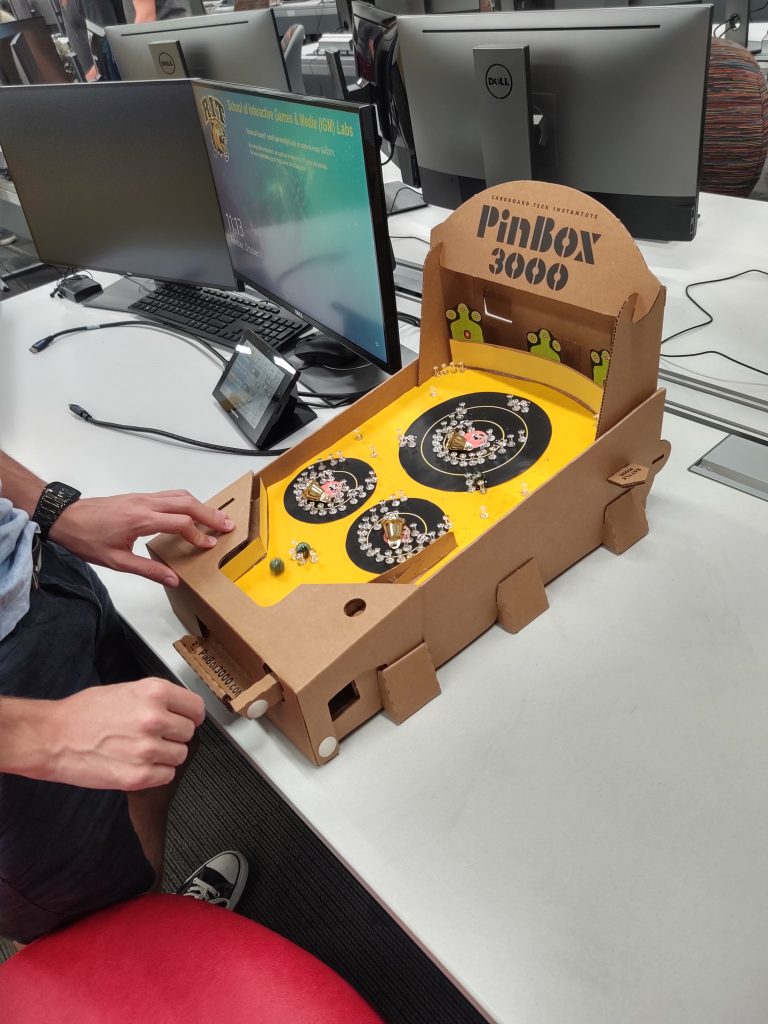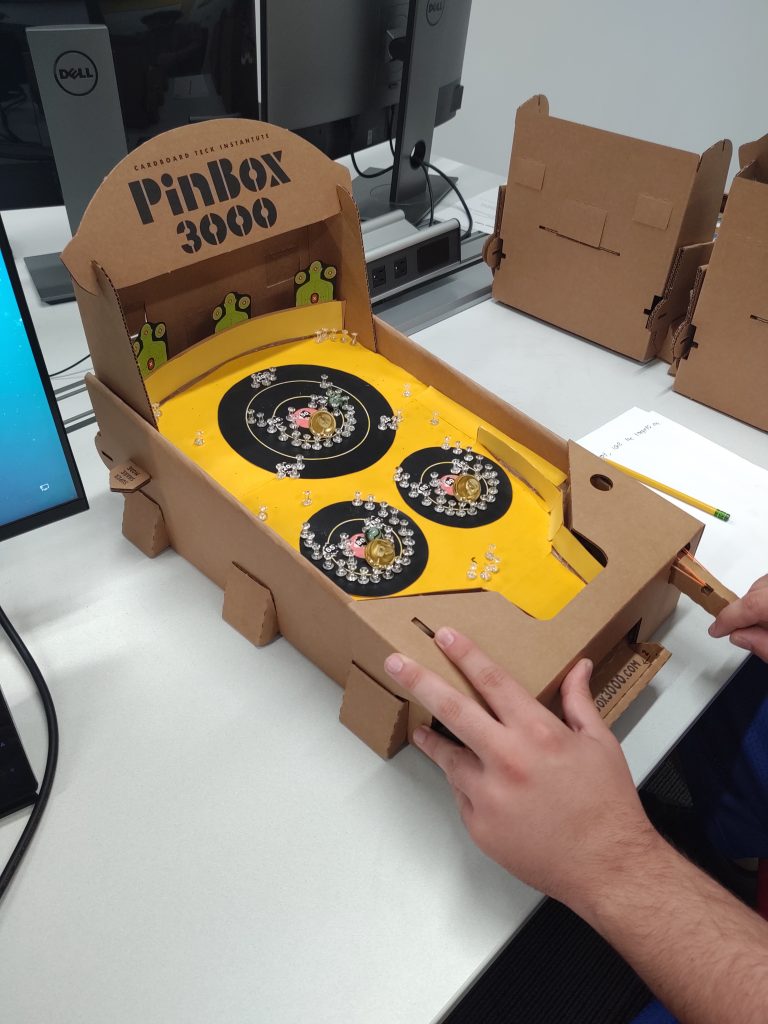
My battle mode pinball design is called Paradise Island. The goal for my battle mode was to introduce a fun and relaxing theme that make players feel as though they are on a tropical island paradise. Inspiration for this idea came from the fact that I wanted the two playfields to transition into one another. What I mean by this is that each field will represent a unique scene of the overall theme I’m going for. This will give each player a unique experience, regardless of the design layout of each side. Eventually, I focused on a tropical beach/tropical water theme for the two sides because I thought implementing these would be very fun and look nice in the end.
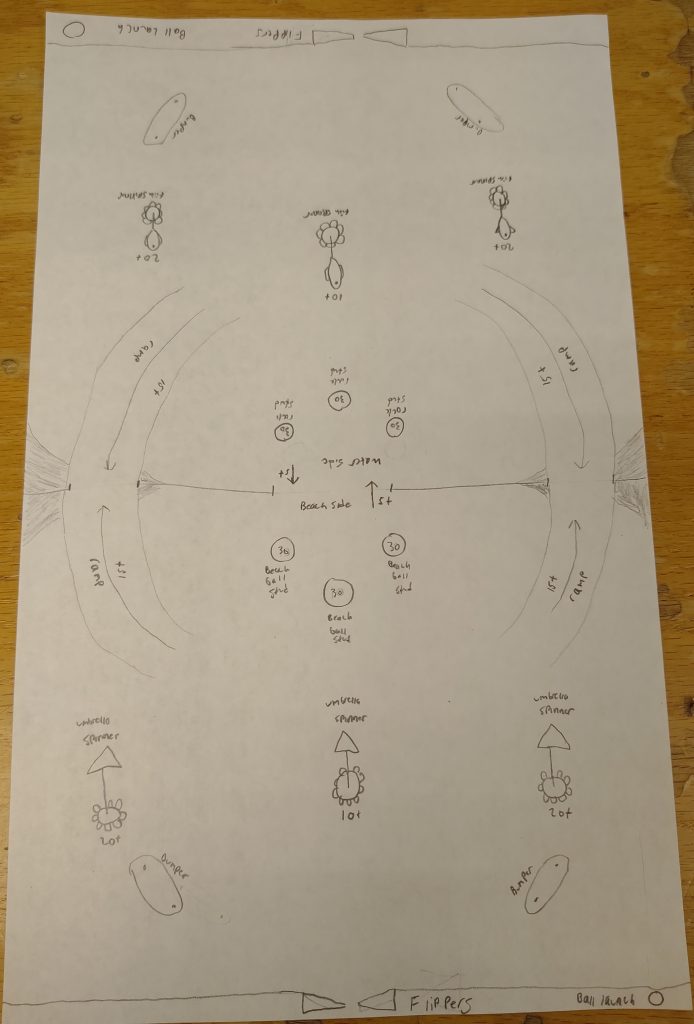
After doing some research into layouts for tropical designs, I eventually came up with the above battle mode design. Keeping my tropical paradise design in mind, each playfield will represent one scene of the tropical paradise, either the water or the beach. I made each side relatively similar in design layout because I didn’t want one player to have an advantage over the other. I also added ramps to each side, with points for each entrance, to give players an incentive to travel to the other playfield.
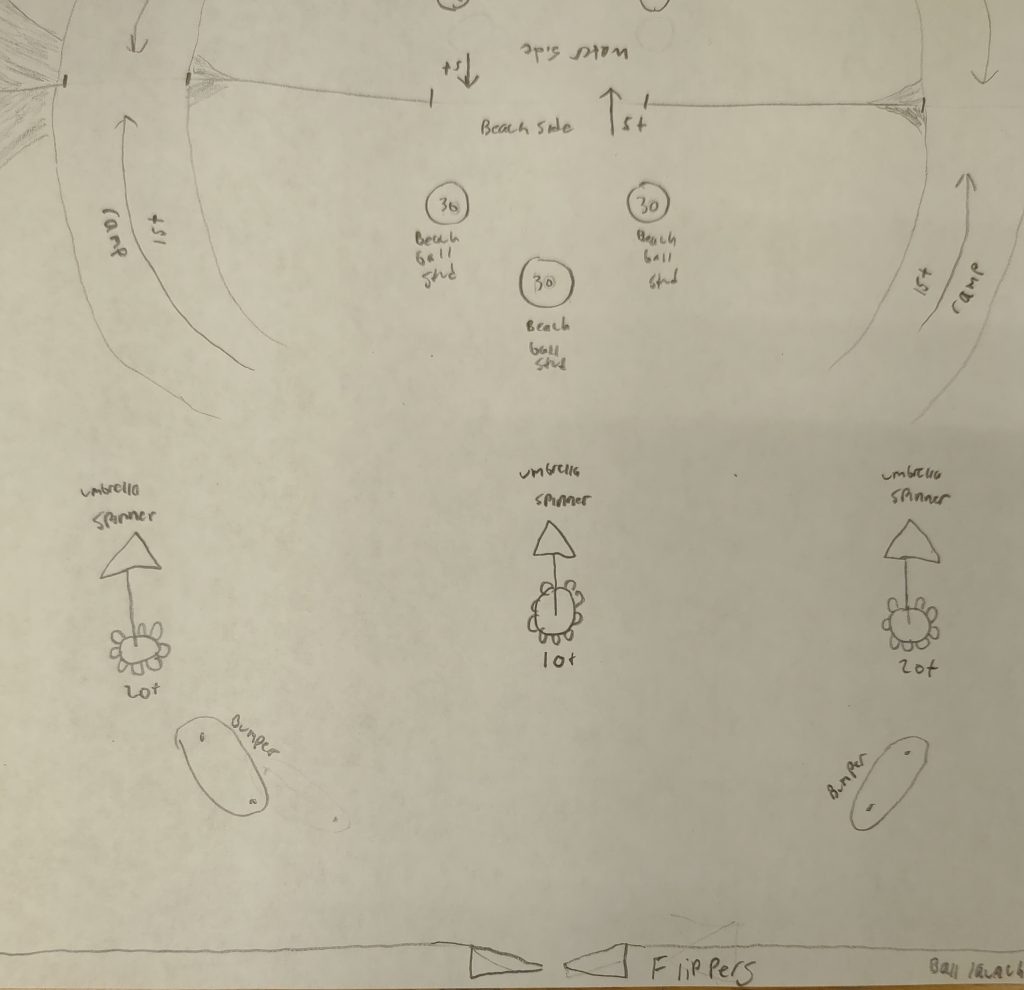
On this side of my battle mode design, I focused on a relaxing tropical beach scene. The studs at the top represent beach balls that the player can hit to get a score of 30. I gave them this score because they are relatively hard to reach and there isn’t much bounce back from them. In the center, I added three spinners with cocktail umbrellas for added fun when they spin. These are ranged from 10-20 points based on positioning. Lastly, I added some bumpers near the bottom to help guide the ball. This side, although not cluttered, will have a lot of design appeal added to give the player many things to look at as they play.
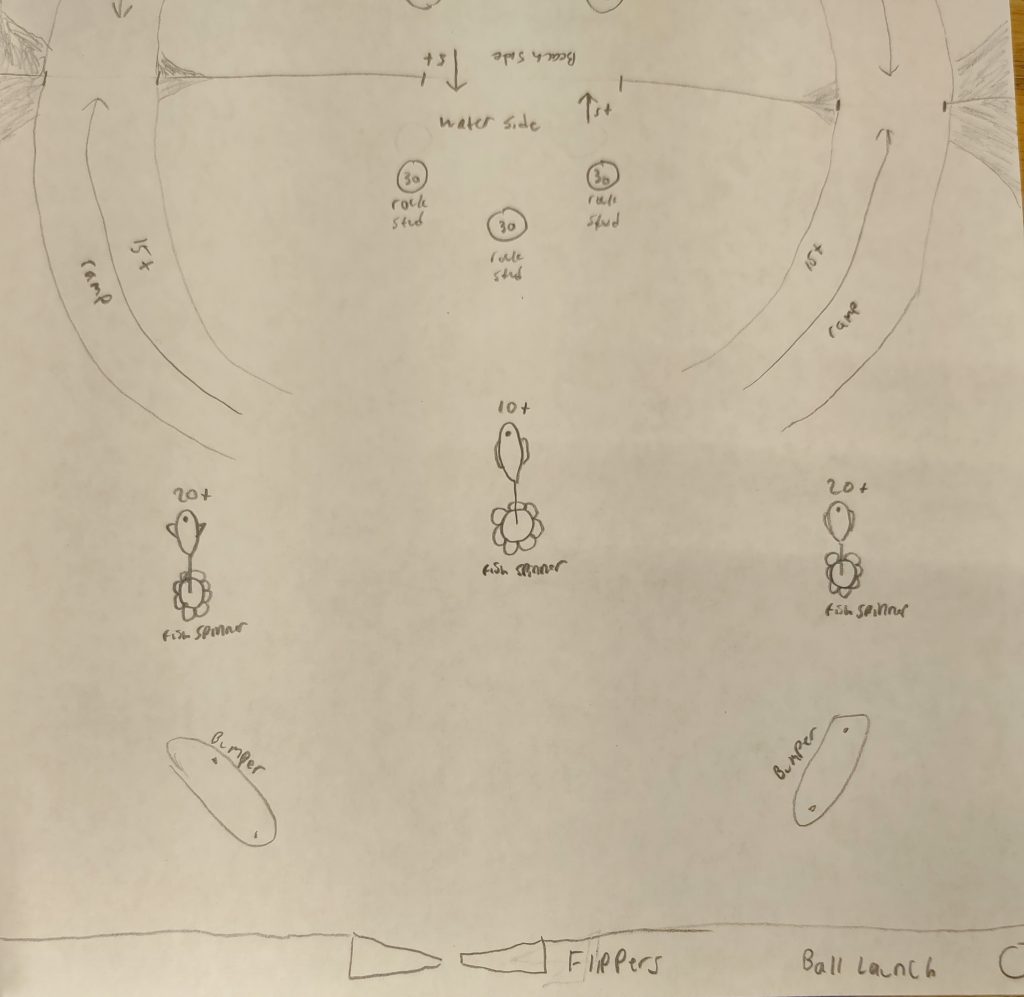
The other side of my battle mode design represents a tropical water scene and is very similar to the first playfield. However, instead of beach balls for studs, it uses rocks/sea shells, which ties into the water aspect of the playfield. Each spinner is decorated with tropical fish as well. To distinguish this playfield from the other, there will be added decoration, which will allow each player to feel as though there is a unique experience to each side, regardless of the similarities.
After giving my presentation, I got very little feedback, however, I did get some comments. One of my classmates asked why I decided to make the battle mode so relaxing. I decided to do this because I have very little experience making pinball machines. If I introduce complex mechanics before I even understand how to make a basic pinball with flippers, it could end in disaster. I also think making the game relaxing fits better with my theme of a tropical island, where you’d vacation to get away from your daily stress. However, I might consider adding simple mechanics to give players more goals while they play. This could be something like hitting cocktail spinners a few times for a bonus or hitting playfield decorations in a specific order. Regardless, I am looking forward to implementing this design at some point in the class!
Tropical Island Reference: https://i.ytimg.com/vi/q0ugLbzdmqc/maxresdefault.jpg

